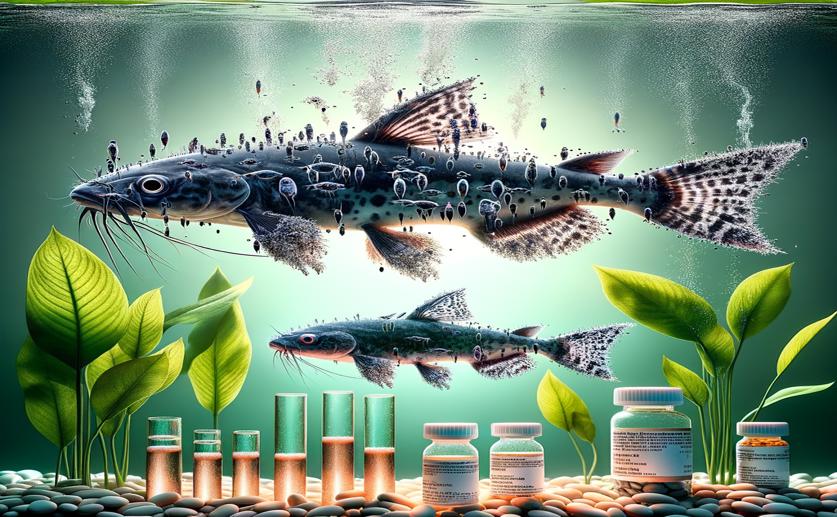
Effects of Propranolol on Young African Catfish Size and Blood Chemistry
Jim Crocker
21st June, 2024

Image Source: Natural Science News, 2024
Key Findings
- The study from the University of Nigeria examined the effects of propranolol on Clarias gariepinus juveniles
- Propranolol exposure led to decreased red blood cell count, hemoglobin levels, and packed cell volume, impairing the fish's oxygen-carrying capacity
- White blood cell count increased, indicating an immune response to propranolol exposure
References
Main Study
1) Biomorphometric and hematobiochemical alterations in the juvenile african catfish Clarias gariepinus exposed to propranolol
Published 20th June, 2024
https://doi.org/10.1186/s40850-024-00196-x
Related Studies
2) Pharmaceuticals of Emerging Concern in Aquatic Systems: Chemistry, Occurrence, Effects, and Removal Methods.
3) Pharmaceutical pollution of the world's rivers.



 28th May, 2024 | Jenn Hoskins
28th May, 2024 | Jenn Hoskins